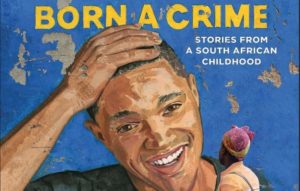I’m A Mixed-Race Woman But Everyone Thinks I’m White — Which Hurts My Pride But Gives Me Privilege
Bustle
2017-02-07
Danielle Campoamor

Source: Courtesy of Danielle Campoamor
“We can’t help you here,” was all the receptionist would tell me. I was 20 years old, living in Plainview, Texas, and trying to see a doctor — I was a week post-op from an invasive knee surgery, and my knee was red, swollen, painful, and starting to smell. I knew I needed to see a physician soon.
“Spell your last name for me again,” the receptionist asked. “C-A-M-P-O-A-M-O-R. Campoamor. You have my medical records,” I replied.
“I’m sorry, but we just can’t accommodate you,” was all the woman could manage to say.
“Look. I have insurance.”
“Oh,” she replied. “I’m sorry. I just assumed. Well, we can see you in an hour.”
“No, thanks.”
The woman — who couldn’t see me but identified my last name as Hispanic — assumed I didn’t have insurance. I knew it, she knew it, and in light of her racist assumption, I decided I would rather go to a hospital than sit in a comfortable doctor’s office. I waited, on crutches, for two hours at a local emergency room.
That story isn’t notable because I experienced discrimination. It’s notable because that was the first time I had ever experienced discrimination. In 20 years. While I am a Puerto Rican woman, I am very white-looking. Extremely white-looking, in fact. In high school my friends (most of whom were white) would call me the “tan white girl,” or the “Tropical Mexican.” It was in jest, to be sure, but the whitewashing of my ethnicity has been a constant throughout my life…
Read the entire article here.







